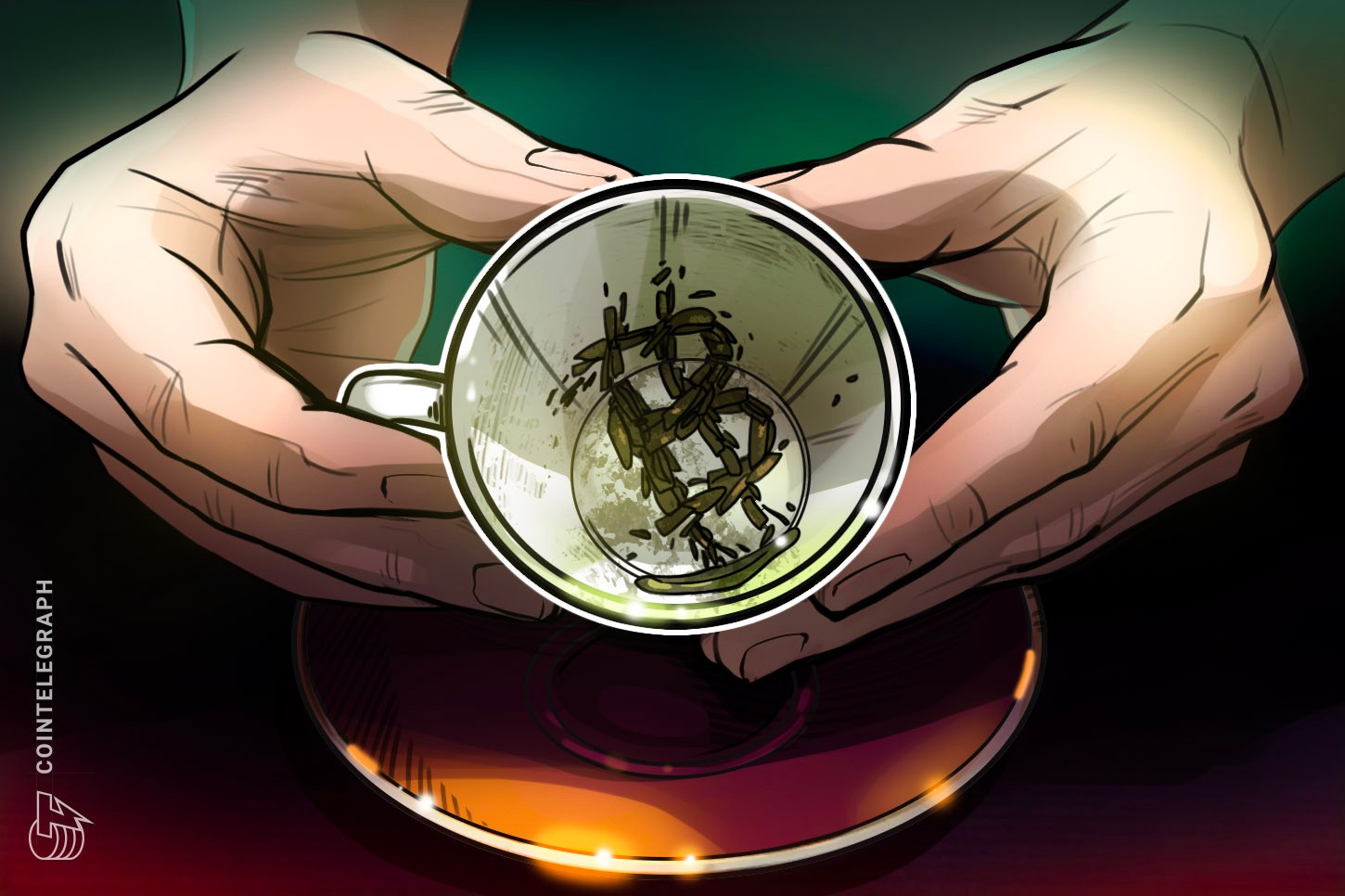The German bank BayernLB has published a report on Bitcoin (BTC) versus gold, in which it predicts a big leap for the cryptocurrency in 2020.
Bitcoin outshining gold?
On Oct. 1 the Munich-based, state-owned bank published its latest research report that seems to suggest that the forthcoming Bitcoin halving effect is yet to be factored into its current price of about $8,300.
The financial institution explained that gold had to earn its high stock-to-flow ratio “the hard way over the course of millennia.” Bitcoin on the other hand will most likely succeed to obtain a similar stock-to-flow ratio to that of gold in the coming year, the report predicts.
Senior FX analyst at the Bayerische Landesbank and author of the research report Manuel Andersch, says stock-to-flow ratios are a a way to quantify the “hardness” of the asset. Andersch said:
“Historically speaking, it has invariably been the commodity with the highest stock-to-flow ratio at that juncture which has been used as money because this enabled the best value transfer over time.”
The stock-to-flow ratio of a commodity such as gold is the amount of the asset that is held in reserves, divided by the amount of the asset produced annually.
The author concludes the report by saying that the Bitcoin's stock-to-flow ratio is certain to substantially increase in May 2020, adding:
“If the May 2020 stock-to-flow ratio for Bitcoin is factored into the model, a vertiginous price of around USD 90,000 emerges. This would imply that the forthcoming halving effect has hardly been priced into the current Bitcoin price of approximately USD 8,000.”
Gold bug pounces on Bitcoin price drop
Clearly not everyone will agree with BayernLB’s price prediction. Cointelegraph previously reported that gold bug Peter Schiff returned to bashing Bitcoin as it fell from $9,700 to a low of $7,990 in hours. The Bitcoin critic claimed the shedding of $1,800 was just the start, saying:
“Bitcoin has finally broken below the support line of the large descending triangle it has been carving out for months. This is a very bearish technical pattern, and it confirms that a major top has been established. The risk is high for a rapid descent down to $4,000 or lower!”


